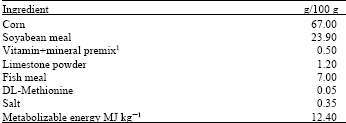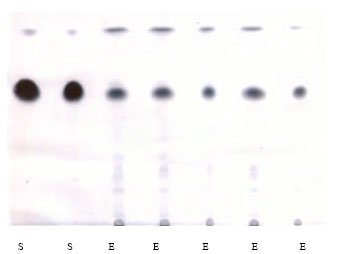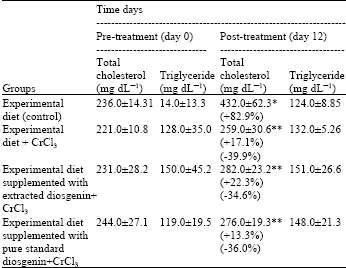Research Article
The Hypocholesterolemic and Antioxidative Effect of Dietary Diosgenin and Chromium Chloride Supplementation on High-Cholesterol Fed Japanese Quails
Faculty of Pharmacy, Applied Science University-Amman, Jordan
Nagham A. Nasrat
Faculty of Pharmacy and Medical Sciences, Al-Ahliyya Amman University-Amman, Jordan
Ghaleb A. Oriquat
Faculty of Pharmacy and Medical Sciences, Al-Ahliyya Amman University-Amman, Jordan
Mahmoud Abu-Samak
Al-Ghad College for Health Sciences Abha., Abha, Saudi Arabia
Khtan A. Al-Mzain
Faculty of Pharmacy and Medical Sciences, Al-Ahliyya Amman University-Amman, Jordan
Maher Salim
Faculty of Pharmacy and Medical Sciences, Al-Ahliyya Amman University-Amman, Jordan














